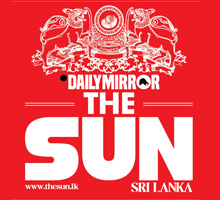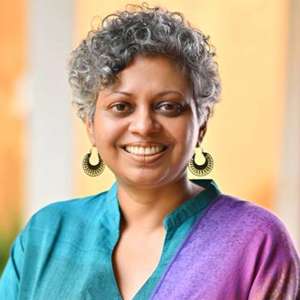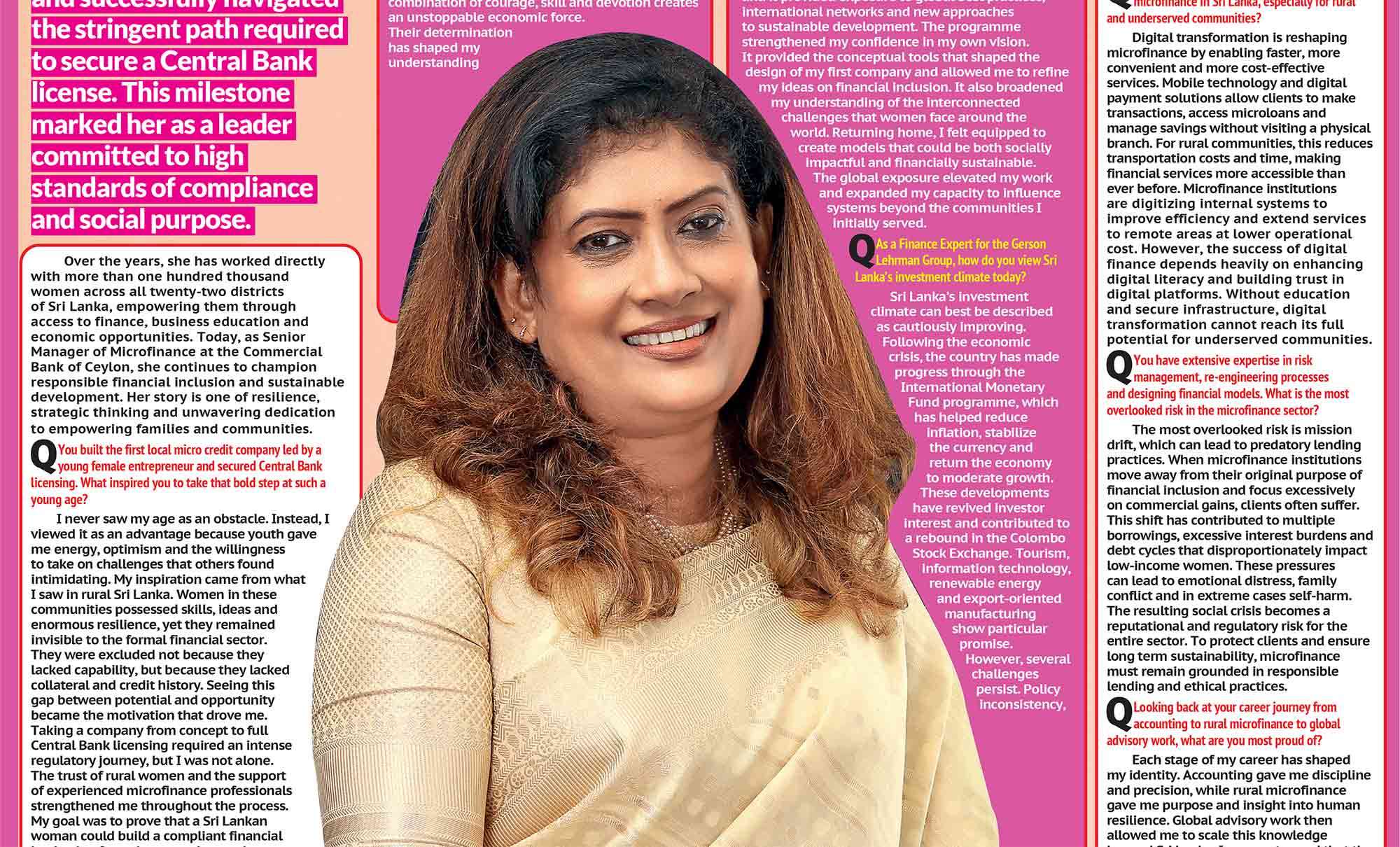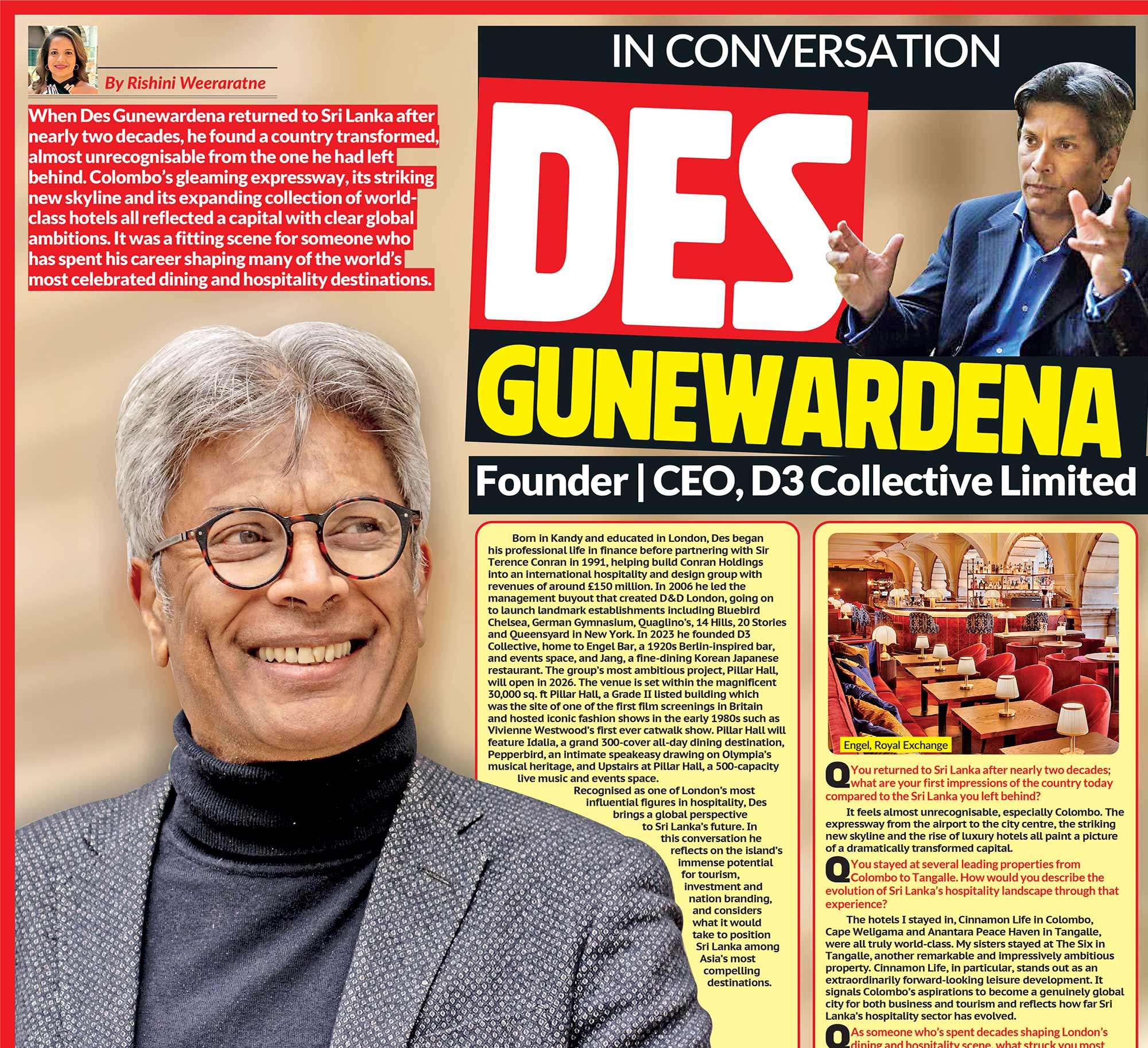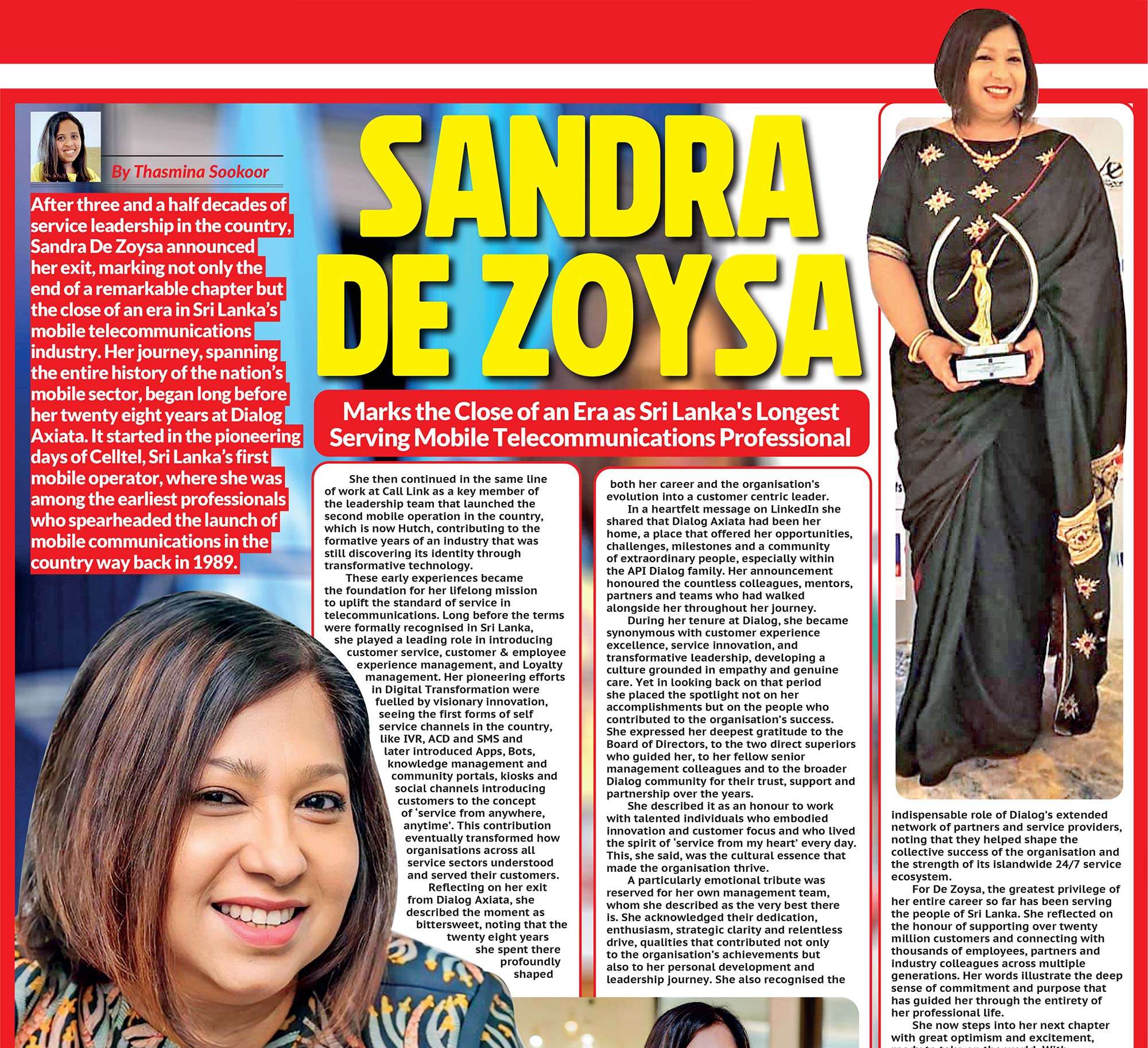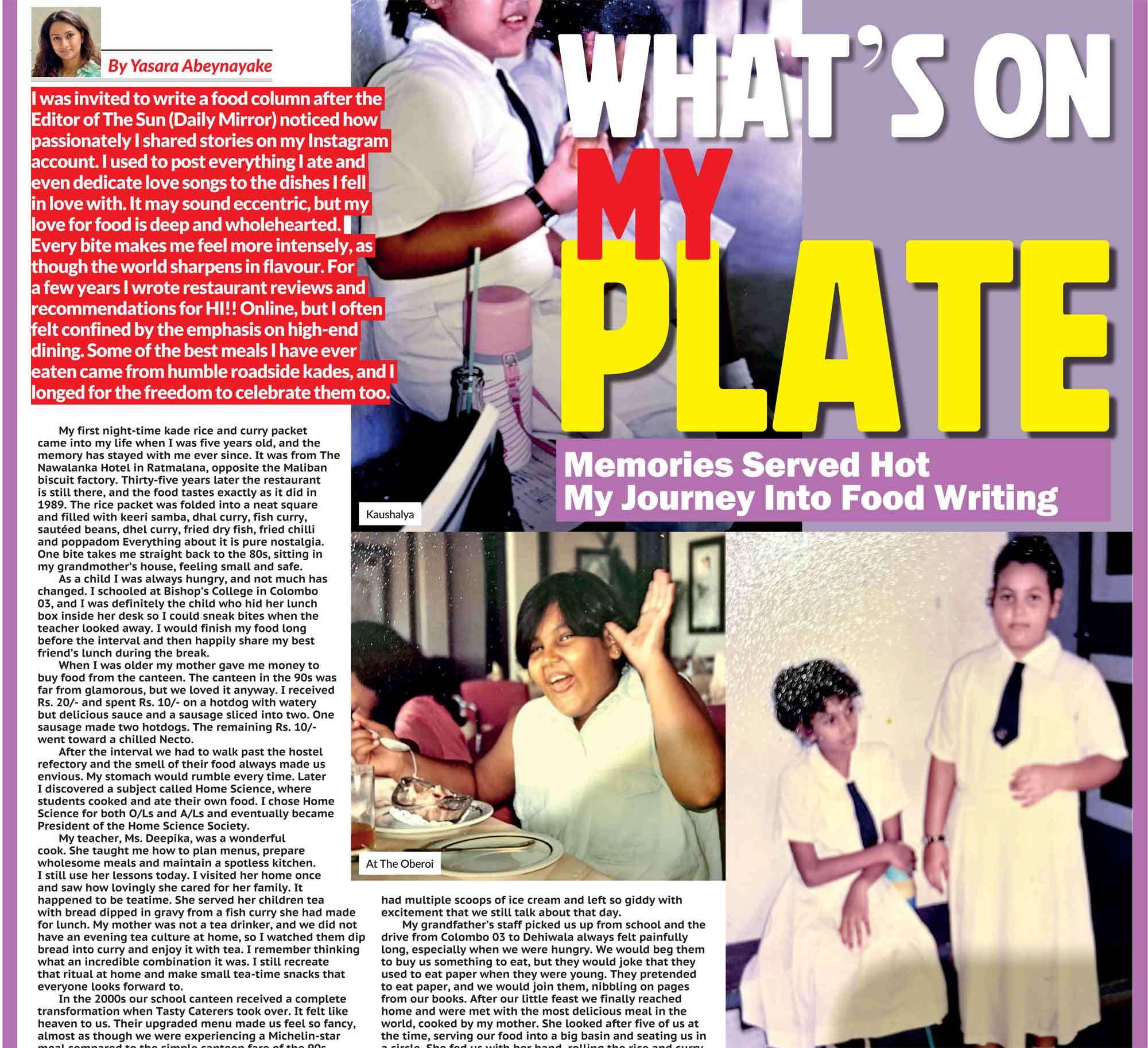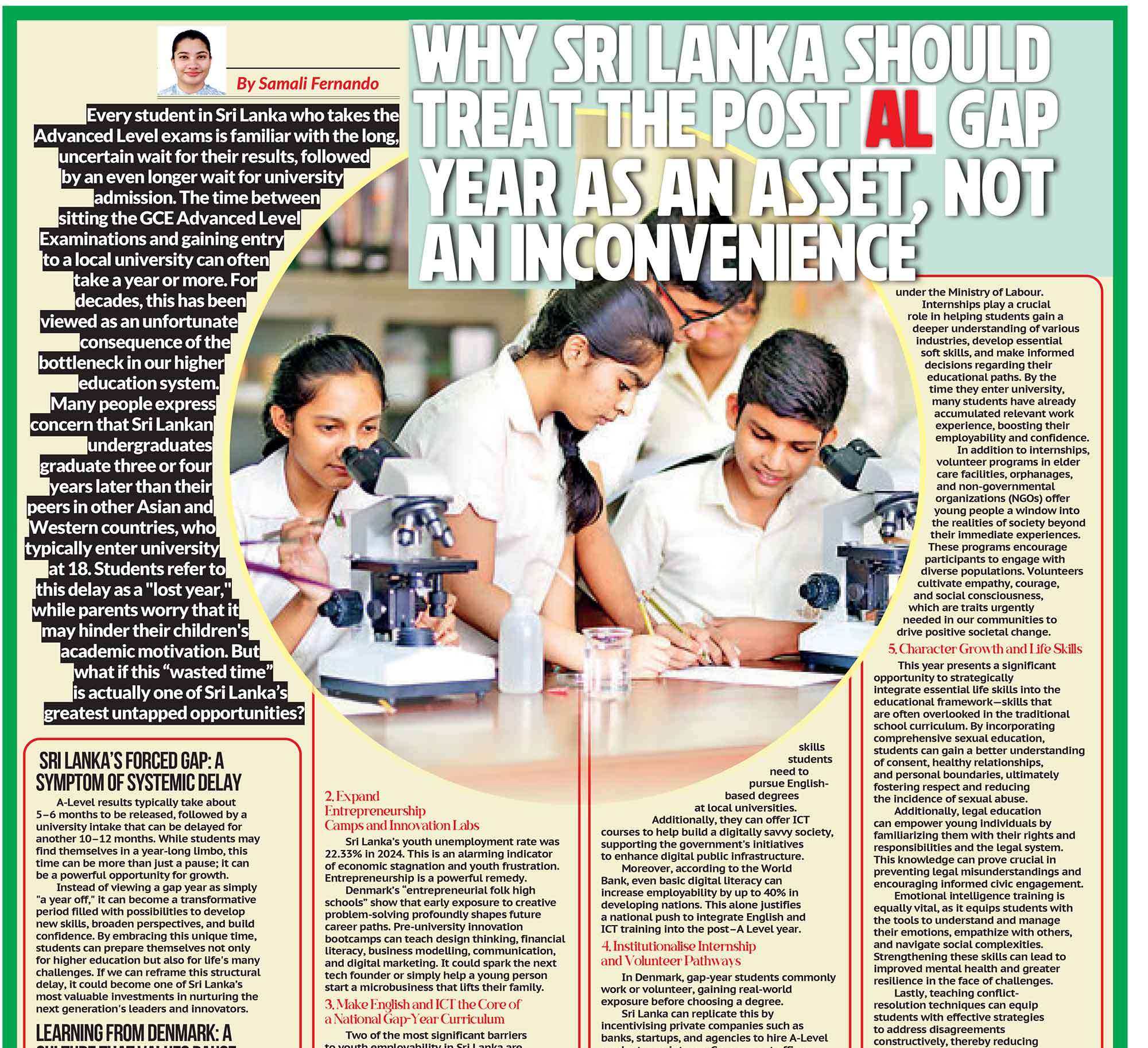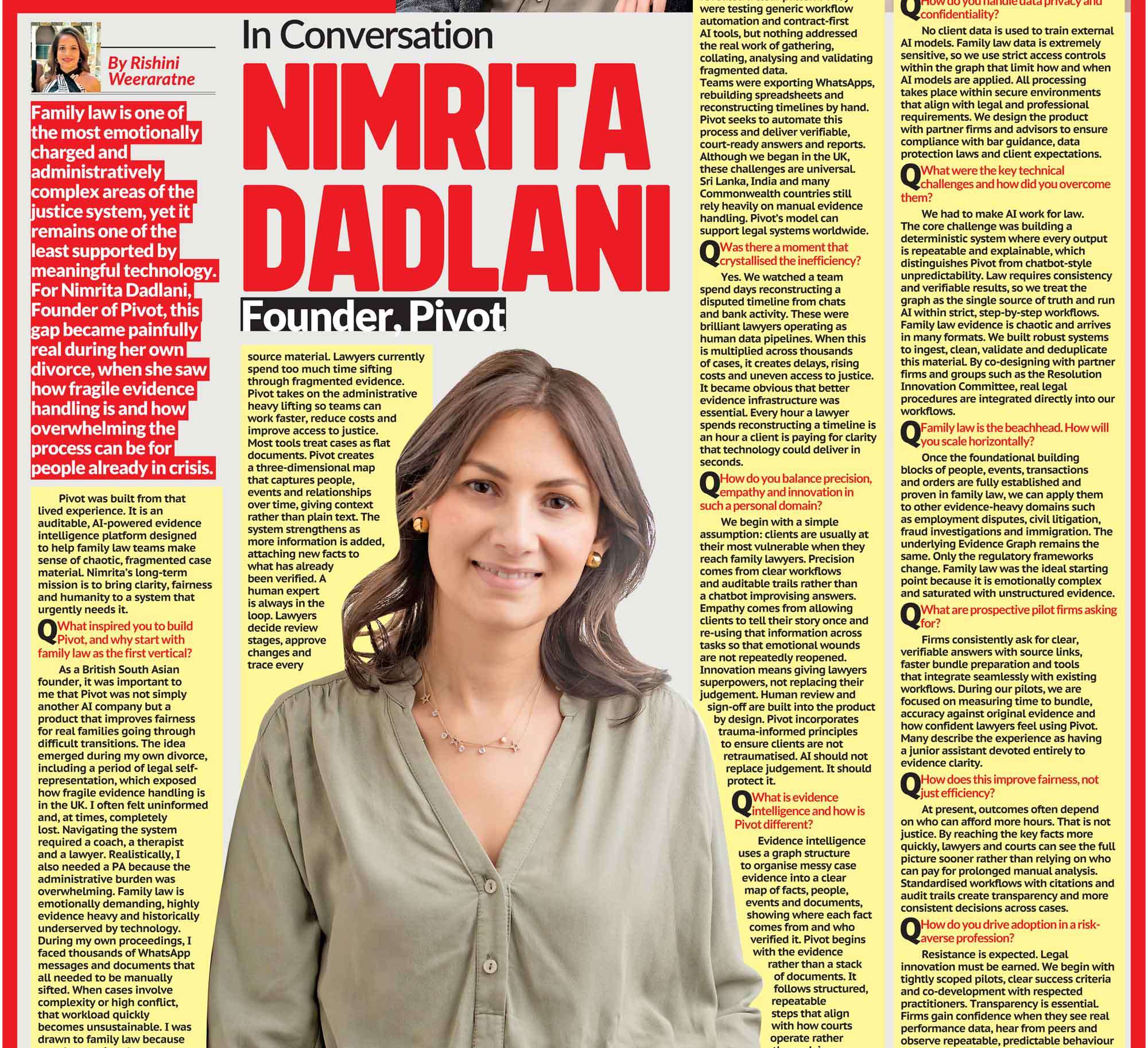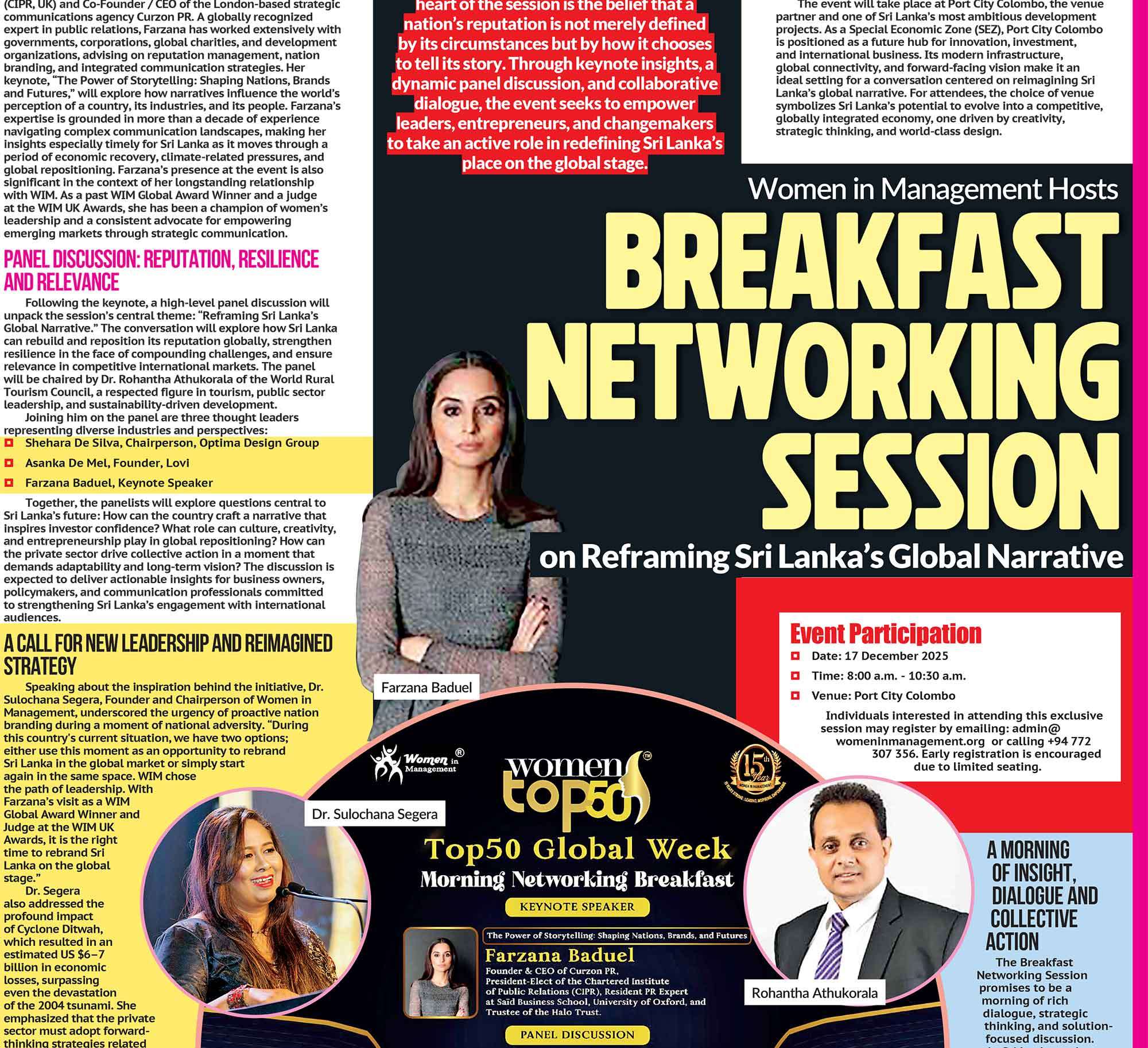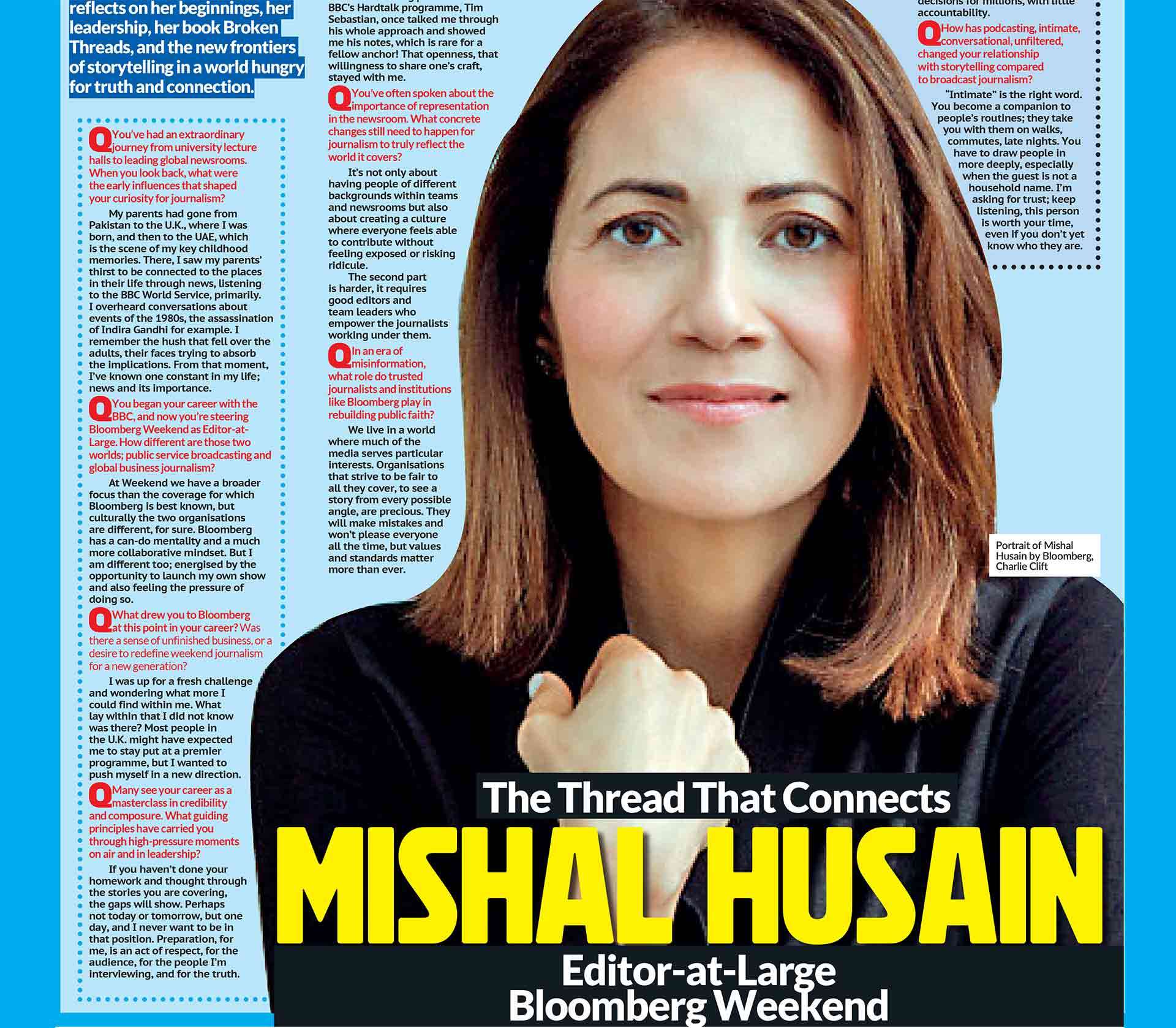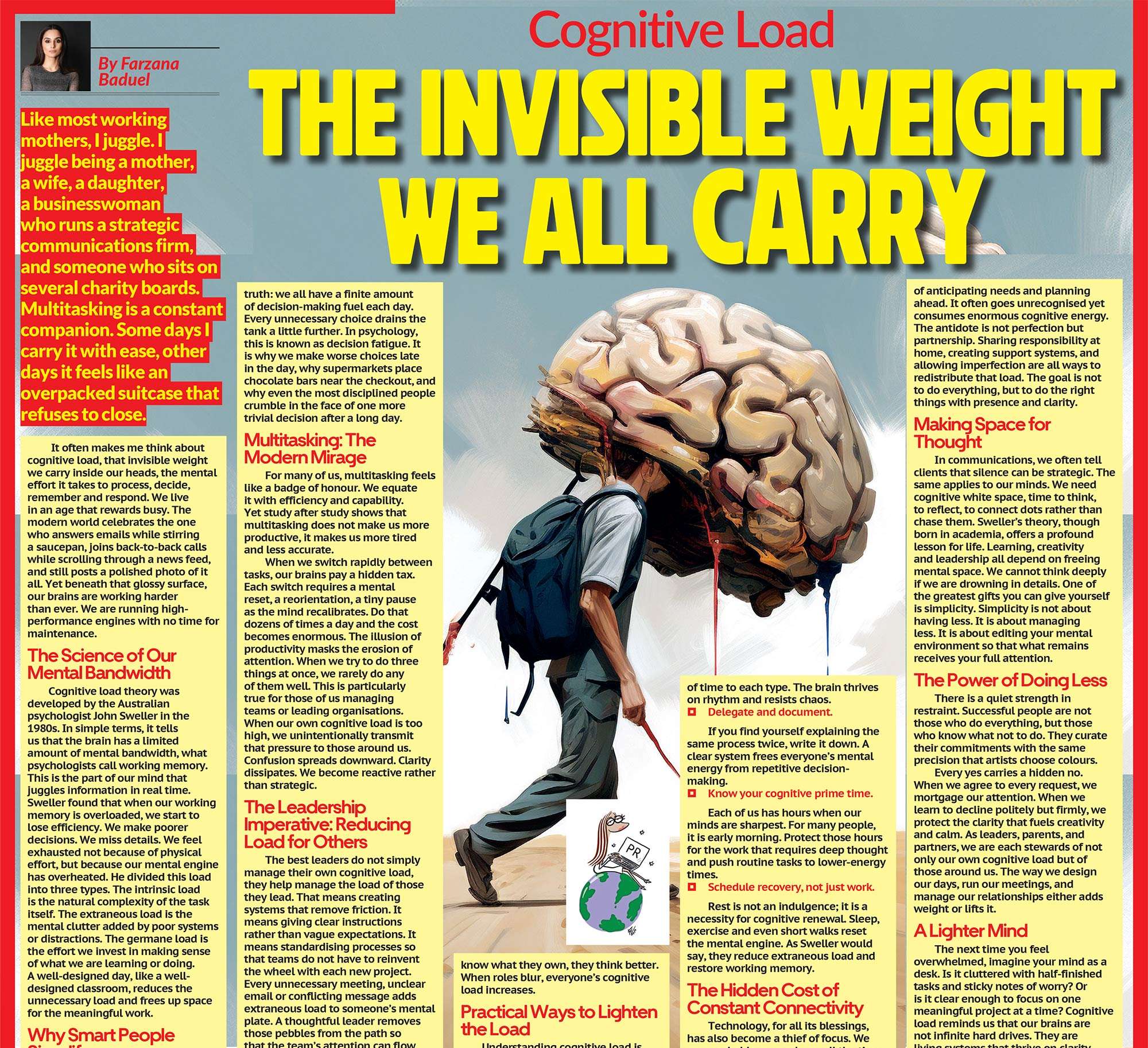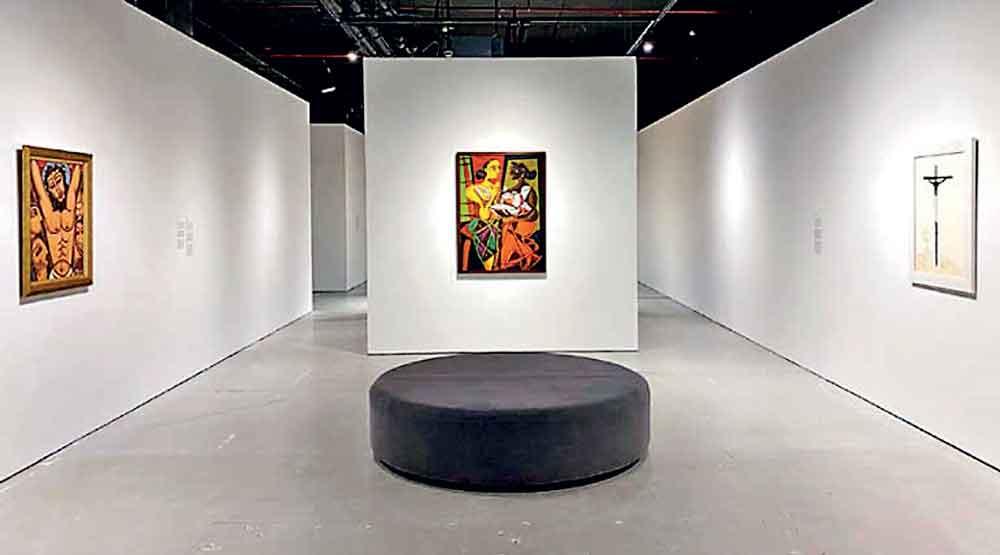
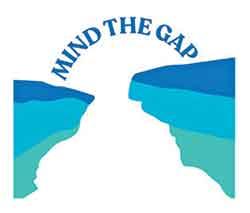 In a world increasingly shaped by globalisation and rapid technological advancement, grounding our youth in their cultural heritage has never been more critical, especially when it comes to second- and third-generation Sri Lankans living abroad, or for foreigners who have made Sri Lanka their home. Many navigate blurred lines of ethnicity, religion, and identity, often unsure of how, or whether, they belong. But how do we teach children about their heritage in a way that resonates with them? School textbooks often present a narrow, traditional view of history, focusing on linear timelines and glorified figures, rarely inviting reflection or permitting contradiction. Meanwhile parents, though well-intentioned, may be distant from their own heritage or lack the tools and time to guide their children through the complex terrain of cultural identity.
In a world increasingly shaped by globalisation and rapid technological advancement, grounding our youth in their cultural heritage has never been more critical, especially when it comes to second- and third-generation Sri Lankans living abroad, or for foreigners who have made Sri Lanka their home. Many navigate blurred lines of ethnicity, religion, and identity, often unsure of how, or whether, they belong. But how do we teach children about their heritage in a way that resonates with them? School textbooks often present a narrow, traditional view of history, focusing on linear timelines and glorified figures, rarely inviting reflection or permitting contradiction. Meanwhile parents, though well-intentioned, may be distant from their own heritage or lack the tools and time to guide their children through the complex terrain of cultural identity.
Enter the museum
Unlike textbooks or rote classroom instruction, museums offer immersive, multisensory experiences that allow children and adults alike to engage with history, art, and culture on their own terms. Museums, especially those that embrace contemporary perspectives, can become transformative spaces where stories are not just preserved but interrogated, where identity, belonging, and heritage are explored through lived experience and artistic expression. The Museum of Modern and Contemporary Art Sri Lanka (MMCA) provides one such learning space.
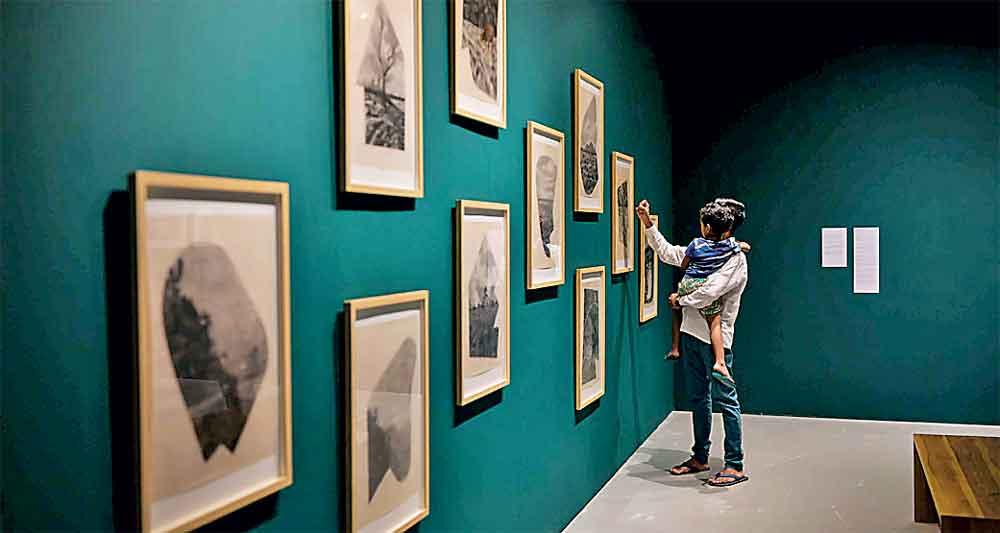
The country's first public institution dedicated to the display, research, collection, and conservation of modern and contemporary art, MMCA since its inception in 2019 has hosted numerous exhibitions and public programmes aimed at making art accessible and engaging for all. Located at Crescat Boulevard in Colombo, the museum offers a dynamic space where art and education intersect. Its current exhibition Total Landscaping brings together 29 contemporary artists whose works explore the multifaceted relationship between land and identity in Sri Lanka. It challenges visitors to rethink familiar narratives about territory, memory, and heritage. For young visitors, these are not just abstract ideas. These are questions about who they are, and where they come from. What makes MMCA’s approach so powerful is that it does not assume identity is fixed. Rather, it recognises that cultural understanding is a process that deepens through dialogue, art, and experience.
Building cultural capital is not just about creating well-rounded students. It is about nurturing responsible citizens. Cultural literacy is as essential today as digital literacy.
Its trilingual programming in Sinhala, Tamil, and English ensures that accessibility is not an afterthought but a fundamental part of its mission. In doing so, it invites a wide and diverse audience into the conversation, making culture something one does not just learn about, but engages in.
Understanding Cultural Capital
The concept of cultural capital, introduced by sociologist Pierre Bourdieu, refers to the intangible assets such as knowledge, skills, education, and cultural awareness, which shape an individual’s ability to succeed and belong. In the context of education, cultural capital encompasses the exposure to and understanding of art, history, language, and traditions that shape one's worldview and sense of self. Building cultural capital in students is not just about preserving traditions. Rather, it is about fostering critical thinking, empathy, and a nuanced understanding of the world. Through art, particularly contemporary works that address current social issues, students can engage with complex themes like gender, decolonization, and environmental justice. These discussions, often conveyed through visual and symbolic language, encourage young minds to question, reflect, and form their own perspectives. The MMCA’s One Hundred Thousand Small Tales, based on the poem by Cheran which references a “…bridge, strengthened by its burden of a hundred thousand tales collapses within a single tear.” was the ideal example of an exhibition which showcased each artwork as a unique story with the potential to tell or retell a tale, depart from it, or remain silent.
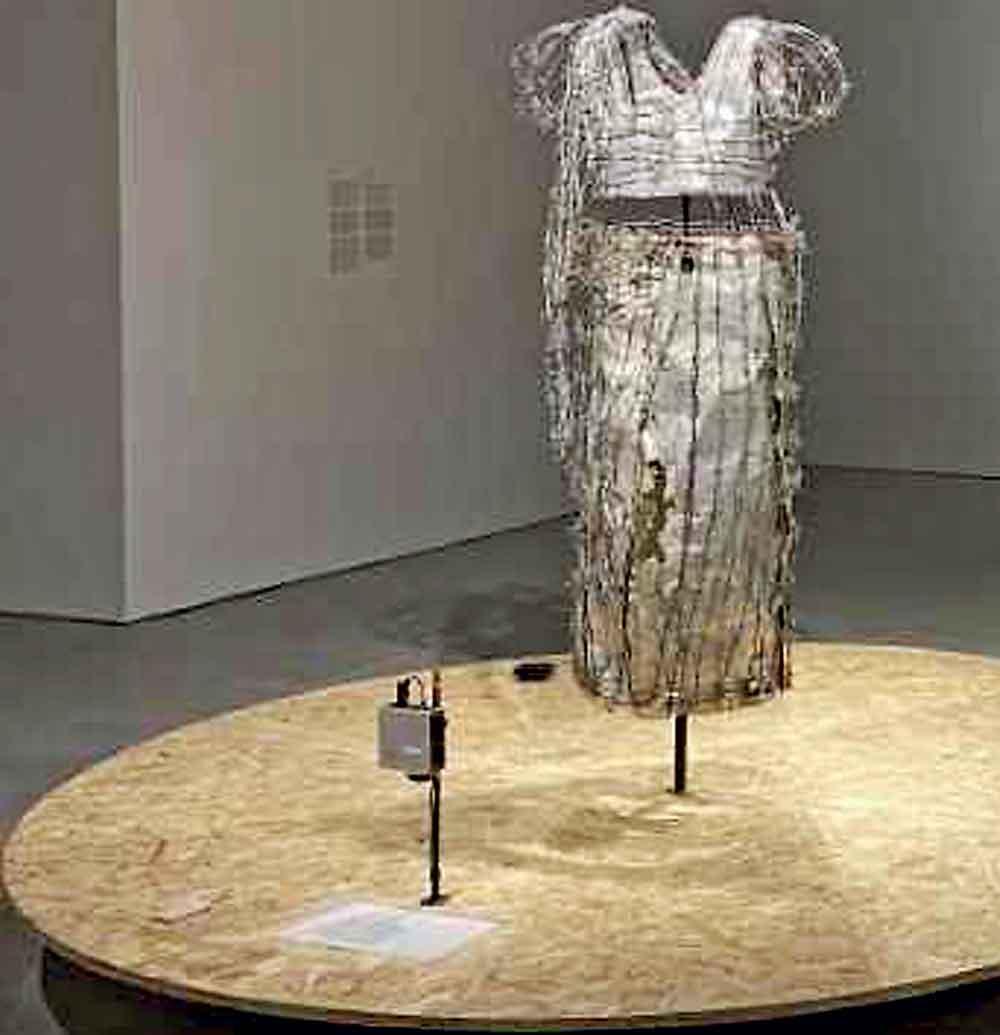
Art and the Adolescent Mind
Art serves as a mirror to society, reflecting its values, struggles, and aspirations. For children and adolescents, exposure to art is a means of exploring their own identities and understanding their place within the broader cultural and historical context. The formative years of childhood are akin to a sponge absorbing information; during adolescence, the brain undergoes pruning, solidifying the knowledge and experiences that will define one's adult self. By engaging with art that speaks to their heritage and contemporary issues, students can develop a strong sense of identity. This self-awareness is crucial for building self-confidence and leadership qualities. Understanding where one comes from provides the foundation upon which to build a meaningful and purposeful life.
As parents, we know the value of cultural learning. We encourage our children to step into the British Museum or the Tate Gallery on a visit to London, or the Louvre on a trip to Paris.
The Cultural Education Paradox
As parents, we know the value of cultural learning. We encourage our children to step into the British Museum or the Tate Gallery on a visit to London, or the Louvre on a trip to Paris. We join them in admiring the paintings in the Sistine Chapel and the architecture of the Taj Mahal, encouraging their appreciation of both Western and Eastern art and history. And yet, we rarely encourage them to explore their own. How many students have walked through a Sri Lankan Museum? How many can interpret a painting by a local artist not as a pretty picture, but as a commentary on their own lives? This gap, between the appreciation of foreign culture and indifference towards our local heritage, is not just unfortunate, it is telling. It reflects a longstanding internalised belief that what is “ours” is somehow less valuable, less refined, or less relevant. But, sadly, in leaving the stories of their own land unread and unvalued, our Sri Lankan youth move further away from connecting the dots, between past and present, between private feeling and public discourse, between heritage and possibility.
From Workforce to Responsible Citizenship
Building cultural capital is not just about creating well-rounded students. It is about nurturing responsible citizens. Cultural literacy is as essential today as digital literacy. In a fragmented, fast-moving world, those who can understand context, interpret symbols, and empathise with different perspectives are the ones who can lead with integrity. We spend so much time preparing children for the workforce. But the goal is not just to produce efficient workers. It is to raise individuals who are reflective, confident, and culturally aware. Individuals who can hold the tension of multiple identities. Individuals who can ask: Who am I? Where do I come from? How can I make this world better?
These are the kinds of questions that can begin, not end, in a museum.
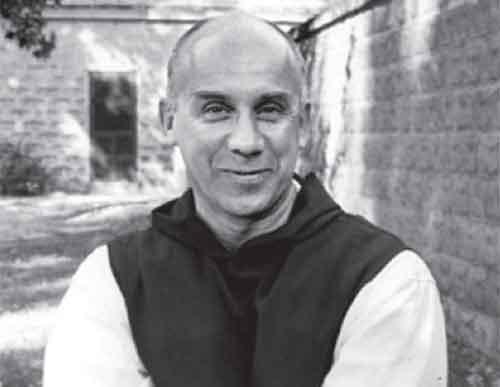
“Art enables us to find ourselves and lose ourselves at the same time.”
-Thomas Merton-
